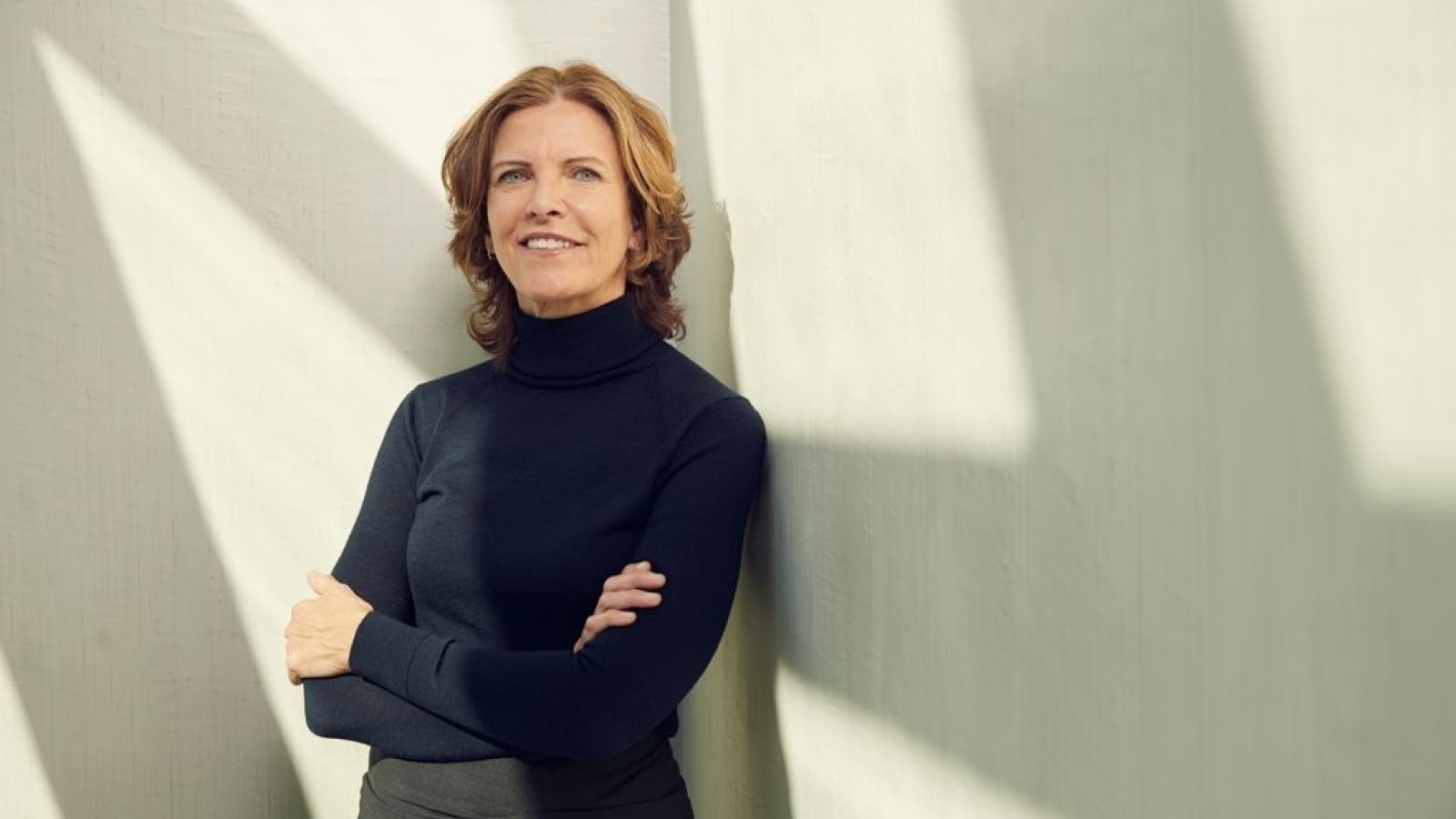An inspiring interview to Jeanne Gang, Founder of Studio Gang. The Architect shares her vision of architecture in a world affected by Health & Climate crises and tells us about her experience in participating in Reinventing Cities.
What made you decide to participate in the C40 Reinventing Cities programme?
Our Studio’s mission is to use design to make positive change for people, cities and the natural environment. I often use the phrase “actionable idealism” to describe our intentions. It means working toward accomplishing the big ideas that move us. We want to live in a world where people actively support one another as part of a greater, thriving network of living things. This calls on us as architects to design projects that create meaningful connections between individuals, their communities and their environment.
C40’s Reinventing Cities initiative clearly aligns with our mission and ideals. The programme could not be more timely, as people and cities worldwide are reckoning with the COVID-19 pandemic and the equally pressing problems of climate change and inequity. It provides a great opportunity to seize this moment of collective reckoning and work toward a better future.
C40 not only mobilises architects, but many more professionals who shape the built environment, including developers, policymakers, planners, environmental engineers and artists. This is exactly the kind of collaboration we need to address today’s complex challenges. Here in Chicago, I’m particularly invested in working with our team to unlock further potential in our city. It is a rare chance to benefit our neighbours and at the same time offer a model for future urban projects around the world.
How is the climate crisis changing your approach and practices of architecture?
Using design to address climate change has always been a central aim, both for me and my practice. I have a long-standing interest in the natural world and how architecture can work with the environment rather than against it. To me, the need for buildings to be “green” is not a straitjacket for design. Instead, it’s generative and pushes us towards developing original ideas.
You can see this approach for yourselves in our earliest projects, like the Ford Calumet Environmental Center. This project was designed to use salvaged materials that were locally abundant and therefore very low in embodied energy. It also incorporated systems that were cutting-edge at the time, to function completely off the grid.
Today, the need to minimise the environmental impact of buildings and construction has never been greater. At our studio, we’re continuing to mine the possibilities that come from bringing the lessons of nature and techniques of the past together with the latest knowledge and systems. In San Francisco, for example, we’ve designed a carbon-neutral campus for the California College of the Arts that makes innovative structural use of timber – both its natural properties and new technologies. Along Manhattan’s High Line park we’ve built a commercial tower sculpted using the angles of the sun, employing both passive strategies and high-performance glass to attain LEED Gold. And we have two new office projects underway that are blurring the line between indoors and outdoors, making everyone’s daily experience full of fresh air, daylight, and greenery.
What is your vision of a post-COVID city?
Cities are essential for our future, post-COVID and beyond. The pandemic has led some to question their viability, but sprawling further outward will only exacerbate the environmental and social challenges we’re facing. We urgently need to embrace our cities and evolve them to combat climate change, inequity and health.
The pandemic has led to a renewed appreciation for the many benefits nature and being outdoors can provide. In my ideal post-COVID city, this will translate into more high-quality public green spaces distributed across all neighbourhoods. These places will be designed to support residents’ physical and mental well-being, serve as habitat for wildlife, and provide free “ecosystem services” to increase resilience.
At the building scale, we will see stronger architectural responses to the outdoors. This could include incorporating generous outdoor spaces and private balconies, as well as operable windows and other forms of natural ventilation.
Finally, the pandemic has made it clear that cities must become more diverse at the scale of their neighbourhoods, both in terms of their population and services. This is a matter of equity as well as sustainability and resiliency. By giving everyone an opportunity to live near where they work, commutes are shortened, which reduces harmful emissions and improves quality of life. Essential services become more accessible, including in times of crisis. And finally, people have more opportunities to mix, building social cohesion that gives rise to stronger and more resilient communities. Creating mixed-income housing that supports interaction between different people can play a huge role in this effort, and should be a major component of any post-COVID city.
Questions?
If you have a question or would like more details on the Reinventing Cities competition, please use the form below. You will receive a response via email.



